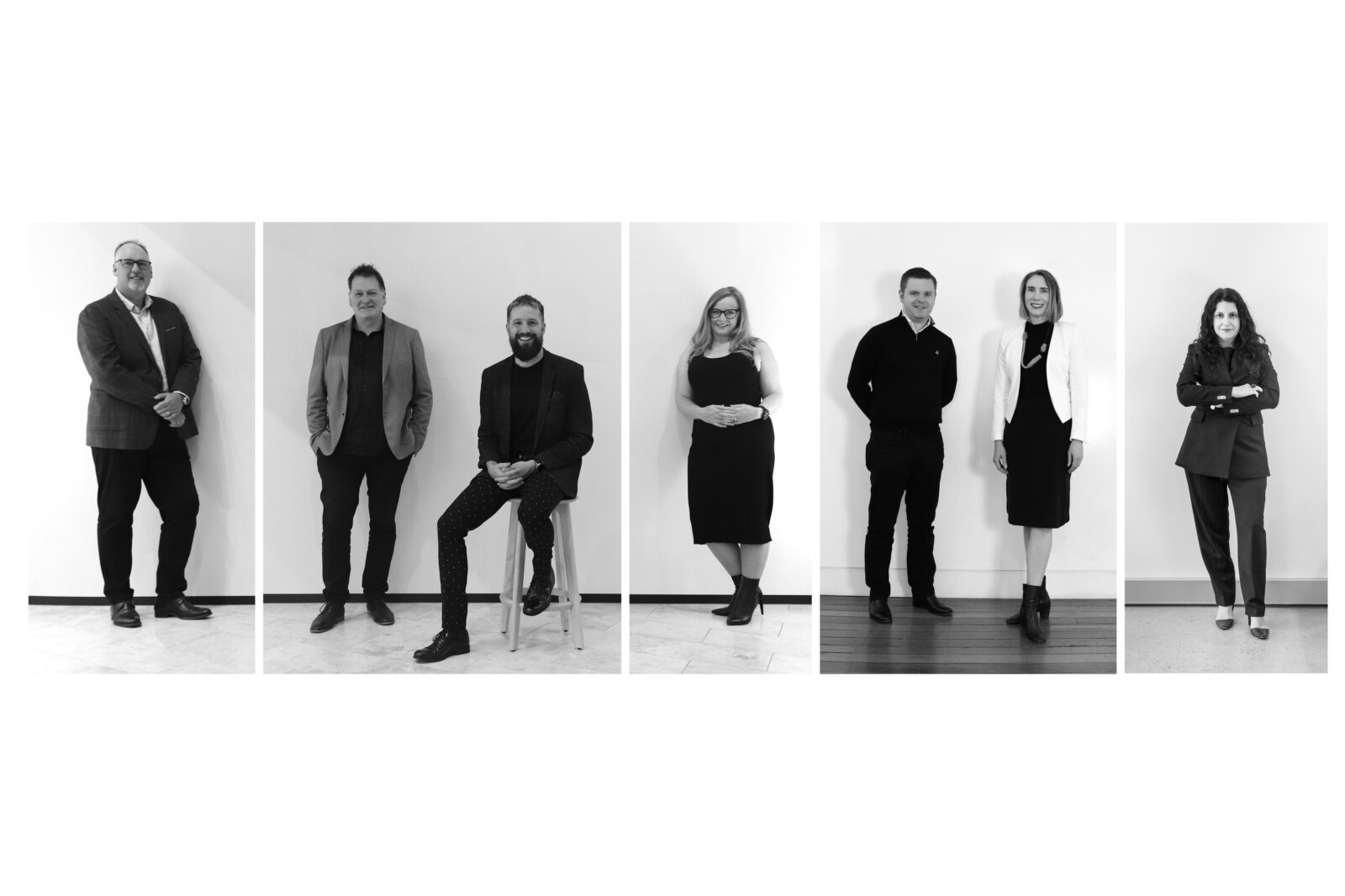As architects, we frequently employ a powerful three-letter word in our work: “why?” This simple yet crucial question enables us to scrutinise briefs and tailor solutions that exceed the original objectives of a project. While the responses to this question are typically pragmatic in our daily work, it is also true that reflecting on the ultimate purpose of a project can imbue our actions with deeper significance.
With this mindset, we asked architects from Gray Puksand’s various studios across the nation to explain what inspired them to pursue this profession and the influence they aspire to have on both the community and industry. In the second instalment of this blog series, we sit down with Partner Barry Hackett to discuss his professional journey and his dedication to giving back to his community through his projects.
Gray Puksand: Shall we start from the beginning? Did you always have the desire to pursue a career in architecture?
Barry Hackett: No, growing up I wanted to be a carpenter. My grandfather was a contractor and I’ve been around building sites since I could walk. I’ve always had an interest in the process behind how things are built and assembled.
GP: So, what made you decide to pursue architecture instead?
BH: My desire to become a carpenter was knocked down by some brutal winters I endured while working on construction sites in Ireland. This led me to do some work experience in Architecture where I decided that this might be the right career for me.
GP: Did the idea of being able to work indoors play a role in your decision to switch careers?
BH: Yeah! (laughs) pretty much! Something that didn’t involve being outside all the time.
GP: Which area of architecture do you find the most enjoyable?
BH: I love doing social infrastructure work, especially projects related to education where I can give back to my community. Through my work, I can create enduring buildings and facilities that will continue to serve the community for generations to come.
The most rewarding part of working on education projects is seeing the buildings being used by students and teachers and observing how they are using the space in innovative ways. Witnessing the creativity and imagination of young children is truly fulfilling.
GP: Do you take different approaches when designing education spaces for varying age groups?
BH: Yes, as an architect you need to understand that you are designing different spaces for different purposes. It is important to understand how the spaces are intended to be used, and what and whom you’re designing for. If you can get the “who” part right the rest of it will come together.
For instance, while designing TAFE buildings, which typically separate the students in different industries, we strive to construct a more communal learning environment where individuals can observe and learn from each other’s work, thereby preparing them for their future workplace experiences of collaborating with a diverse group of people.
GP: Where do you get your inspiration from?
I have always been intrigued by the technical aspect of architecture. The process of constructing large-scale structures and bringing ideas to fruition through intricate details is inspiring to me. It’s fascinating to see how these elements translate into functional, everyday use once a project is complete.





